looking to upgrade sump pump
coeng
16 years ago
Related Stories

KITCHEN DESIGN10 Upgrades for a Touch of Kitchen Elegance
Give your kitchen a more refined look by changing just a detail or two
Full Story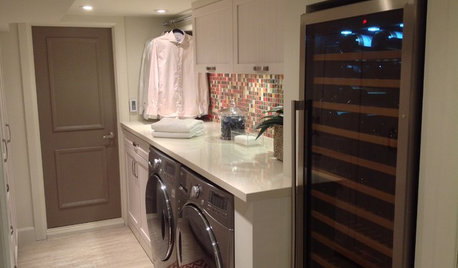
LAUNDRY ROOMSLaundry Room Redo Adds Function, Looks and Storage
After demolishing their old laundry room, this couple felt stuck. A design pro helped them get on track — and even find room to store wine
Full Story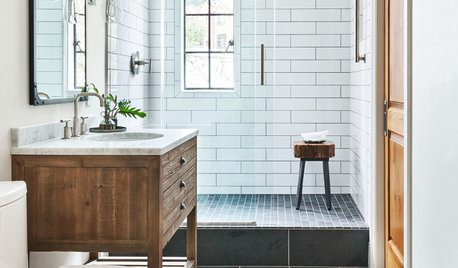
BATHROOM WORKBOOK12 Ways to Get a Luxe Bathroom Look for Less
Your budget bathroom can have a high-end feel with the right tile, stone, vanity and accessories
Full Story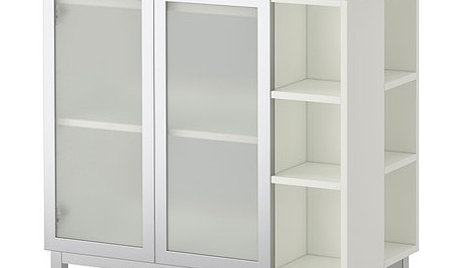
PRODUCT PICKSGuest Picks: Beautify a Bathroom on a Budget
Give your bath a coastal-inspired upgrade while keeping costs in check, with affordable furniture, fixtures and accessories
Full Story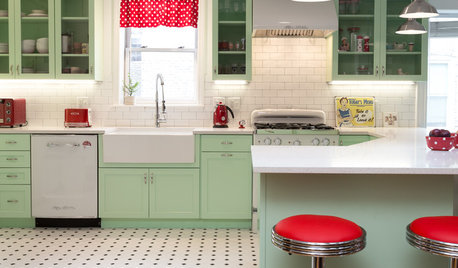
KITCHEN OF THE WEEKKitchen of the Week: A Minty Green Blast of Nostalgia
This remodeled kitchen in Chicago gets a retro look and a new layout, appliances and cabinets
Full Story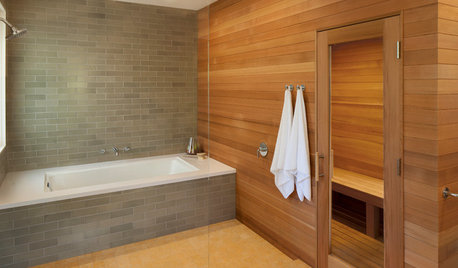
BATHROOM DESIGN18 Dream Items to Punch Up a Master-Bath Wish List
A designer shared features she'd love to include in her own bathroom remodel. Houzz readers responded with their top amenities. Take a look
Full Story
HOME TECHThe Future of Home Automation: Cheap, Wearable and Mobile!
Look for smart watches and glasses that can control your smart-phone apps, which in turn automate your home equipment
Full Story
SHOP HOUZZHouzz Products: Bling for Your Bath
Elevate your everyday routine with luxe-looking bathroom accents like bedazzled faucets, crystal lights and holders that shine
Full Story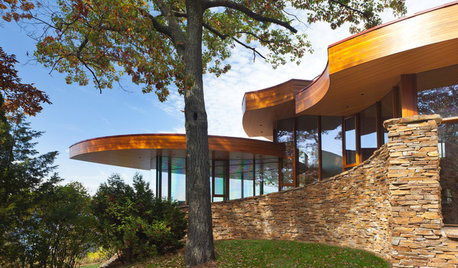
CONTEMPORARY HOMESHouzz Tour: Stunning Curved Architecture Rises Among the Trees
You can see the love of nature and organic shapes at first glance. Look more closely at this Wisconsin home and you’ll also see amazing flow
Full Story
FLOORSWhat to Ask When Considering Heated Floors
These questions can help you decide if radiant floor heating is right for you — and what your options are
Full Story





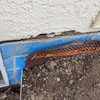
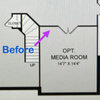
funnycide
bas157
Related Professionals
Bay Shore General Contractors · Bryan General Contractors · Chatsworth General Contractors · Seguin General Contractors · Clive Architects & Building Designers · Los Alamitos Architects & Building Designers · Fort Pierce Flooring Contractors · Hialeah Gardens Flooring Contractors · Kendall West Flooring Contractors · Mahwah Flooring Contractors · Montgomery County Flooring Contractors · North Liberty Flooring Contractors · Scottsboro Flooring Contractors · Scottsdale Flooring Contractors · Topeka Flooring ContractorscoengOriginal Author
bas157
coengOriginal Author
diymostoftime
funnycide
coengOriginal Author
lazypup
coengOriginal Author
lazypup
coengOriginal Author
adenn1
coengOriginal Author
lazypup
funnycide
lazypup
coengOriginal Author
funnycide
sparky-2007